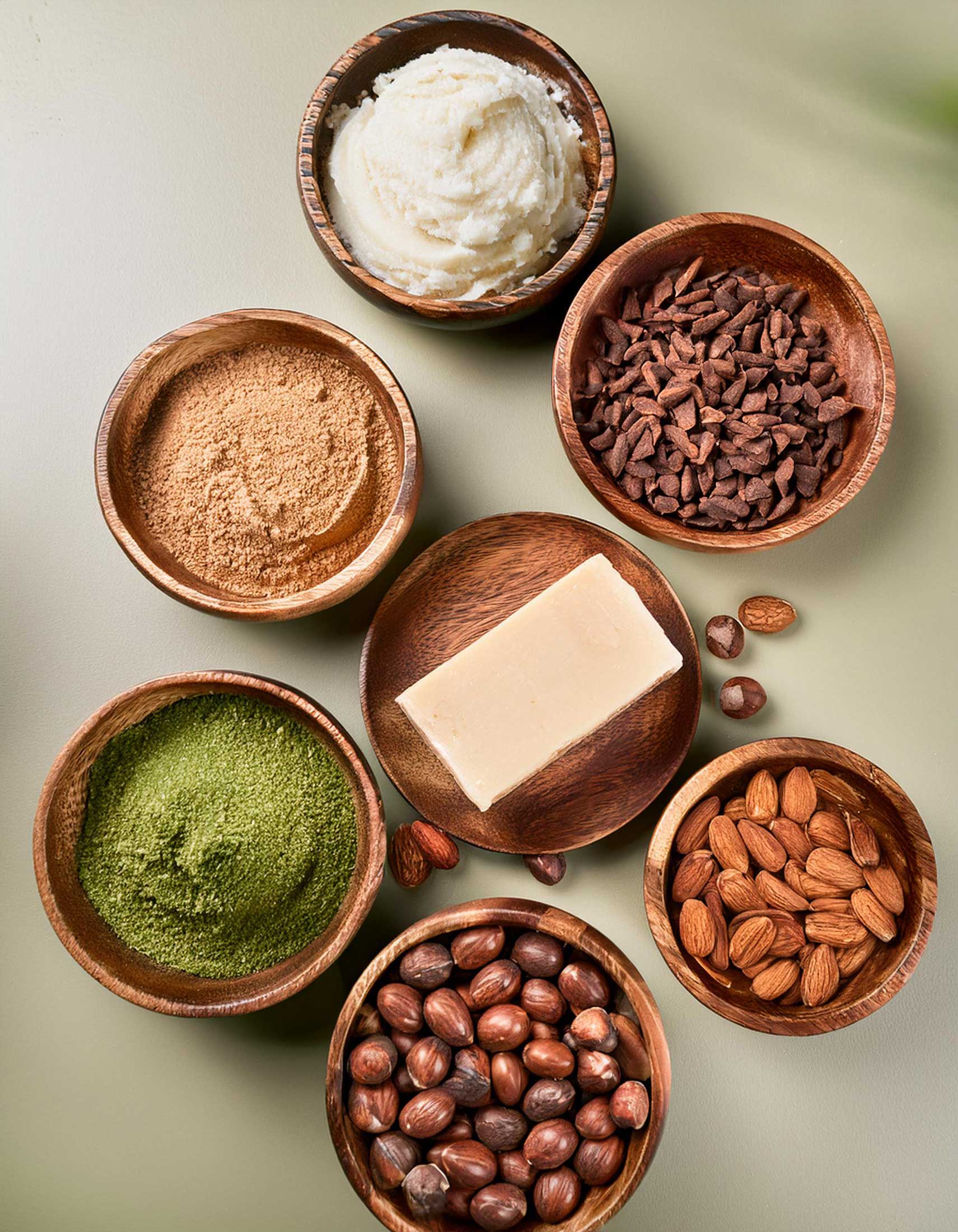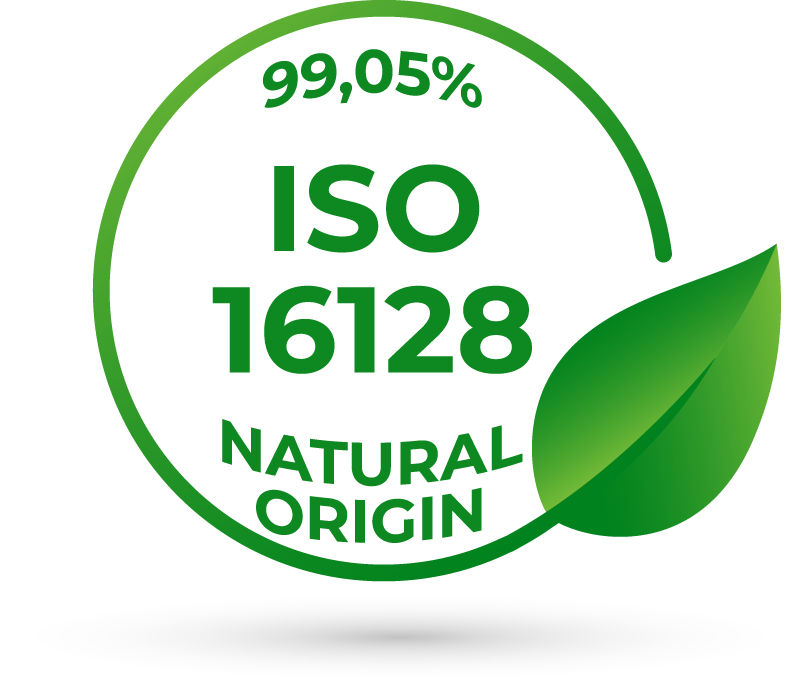The best sustainable raw materials in natural cosmetics

Raw materials in natural cosmetics
Introduction to sustainability in cosmetics and why the choice of raw materials is crucial Natural cosmetics have developed from a niche market to a major trend in recent years, appealing to environmentally conscious consumers.
More and more people are attaching importance to the fact that their skincare products are not only good for the skin, but also environmentally friendly. Choosing the right raw materials plays a crucial role in this. Sustainable ingredients are the key to developing cosmetic products that are both environmentally friendly and effective. But what does “sustainable” really mean in this context? And which raw materials are particularly noteworthy? In this blog post, we take a deep dive into the topic of sustainable natural cosmetics and shed light on which ingredients are beneficial for both the environment and the skin.
Importance of sustainable raw materials in cosmetics
The importance of sustainable raw materials in cosmetics cannot be overestimated. Sustainability refers to the way in which raw materials are obtained, processed and used in products, with the aim of conserving natural resources and minimizing environmental impact. The use of environmentally friendly ingredients helps to protect biodiversity, reduce environmental pollution and promote fair working conditions along the supply chain. Sustainable raw materials also play an important role in consumer health. Many conventional cosmetic products contain synthetic chemicals that can be potentially harmful to health. Sustainable alternatives are often based on natural ingredients that cause fewer allergic reactions and are not unnecessarily harmful to the skin. Ethics is another aspect that is important to many consumers. The choice of sustainable raw materials often also supports compliance with animal welfare standards and the avoidance of animal testing.
The best sustainable raw materials in natural cosmetics
1. shea butter
Origin: Shea butter is obtained from the nuts of the shea tree, which grows mainly in West Africa.
Benefits: Rich in vitamins A, E and F, supports skin regeneration, protects against dehydration and soothes irritated skin.
Effect on skin and environment: Biodegradable and often produced by women’s cooperatives under fair conditions, which helps to strengthen local communities.
2. aloe vera
Origin: Originates from the tropics and subtropics, known for its healing properties.
Benefits: Intensively moisturizes, has an anti-inflammatory effect and promotes wound healing – ideal for sensitive skin.
Effect on skin and environment: Easy to grow, requires little water and pesticides. Click here for our blog post on aloe vera.
3. jojoba oil
Origin: Obtained from the seeds of the jojoba bush, native to desert areas of America.
Benefits: Helps skin retain moisture without being greasy and supports skin cell regeneration.
Effect on skin and environment: Biodegradable, low water consumption, requires no pesticides.
4. coconut oil
Origin: Obtained from the fruit of the coconut palm, which grows in tropical regions.
Benefits: Antibacterial properties, moisturizes and can soothe skin irritations. Versatile use for skin and hair.
Effect on skin and environment: Coconut palms bind CO₂ efficiently, and oil production is environmentally friendly when managed sustainably.
5. argan oil
Origin: From the seeds of the argan tree, which grows exclusively in Morocco.
Benefits: Rich in antioxidants, essential fatty acids and vitamin E. Strengthens the skin barrier and protects against free radicals.
Impact on skin and environment: The cultivation of argan trees supports the preservation of valuable ecosystems and provides economic benefits for local communities.
What to look out for when choosing sustainable cosmetics
- Read ingredient lists carefully: Don’t be fooled by marketing terms such as “natural” or “organic”. A look at the list of ingredients (INCI list) helps to identify environmentally friendly raw materials in natural cosmetics.
- Avoid greenwashing: Greenwashing is a practice where companies portray their products as more environmentally friendly than they actually are. Look for reliable information and independent tests.
- Pay attention to packaging: Sustainable cosmetics also rely on environmentally friendly packaging. Glass, recycled plastics or refill systems are often a better choice than conventional disposable packaging.
Conclusion and call-to-action
Sustainability in cosmetics is more than just a trend – it is a necessity in order to protect our environment and health. Choosing the right raw materials is of central importance. Ingredients such as shea butter, aloe vera, jojoba oil, coconut oil and argan oil are just a few examples of sustainable and effective raw materials used in natural cosmetics.
Consumers should be vigilant and take care to choose truly sustainable products and not be blinded by greenwashing. Opt for sustainable cosmetics – it not only contributes to healthier skin, but also to a better world. Next time you shop, look carefully and choose products that are good for both you and the environment. Your skin and the planet will thank you!









